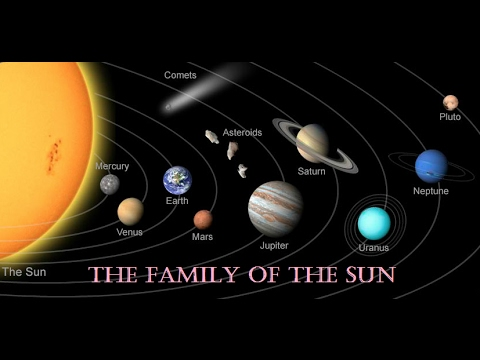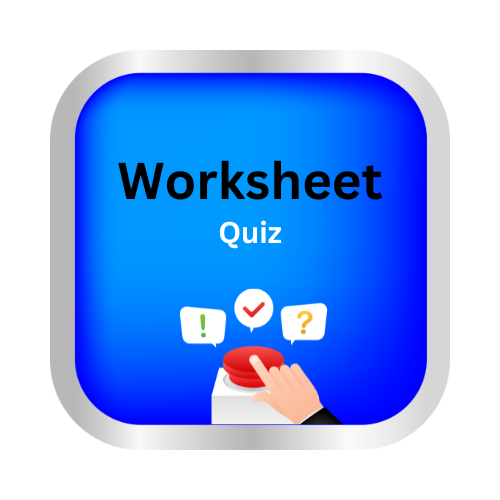The Sun’s Family

Key Notes:
- The Sun: The Sun is a star at the center of our solar system. It provides light and heat to all the planets, including Earth.
- Planets: The Sun has eight major planets that orbit around it. These planets are Mercury, Venus, Earth, Mars, Jupiter, Saturn, Uranus, and Neptune. We live on Earth.
- Inner and Outer Planets: The planets can be divided into two groups. The inner planets, including Mercury, Venus, Earth, and Mars, are closer to the Sun and are also called the terrestrial planets. The outer planets, including Jupiter, Saturn, Uranus, and Neptune, are farther from the Sun and are called gas giants.
- Moons: Many planets have moons that orbit around them. For example, Earth has one moon, while Jupiter has over 70!
- Dwarf Planets: Pluto used to be considered the ninth planet, but now it is called a dwarf planet because it is much smaller than the other planets.
- Asteroids: Asteroids are small rocky objects that orbit the Sun. They are found in an area called the asteroid belt, which is between the orbits of Mars and Jupiter.
- Comets: Comets are icy objects that have long tails. They come from the far reaches of the solar system and sometimes visit the inner part of the solar system.
- The Solar System’s Size: Our solar system is very big, and it takes a long time for the planets to go around the Sun. Earth takes about 365 days to orbit the Sun, while Pluto takes much longer.
- The Sun’s Role: The Sun is like the boss of the solar system. It gives us light and warmth, and all the planets follow its rules by orbiting around it.
- Space Exploration: Scientists have sent missions to explore the planets and other objects in our solar system. We have learned a lot about our solar system through space exploration.
Let’s practice!

